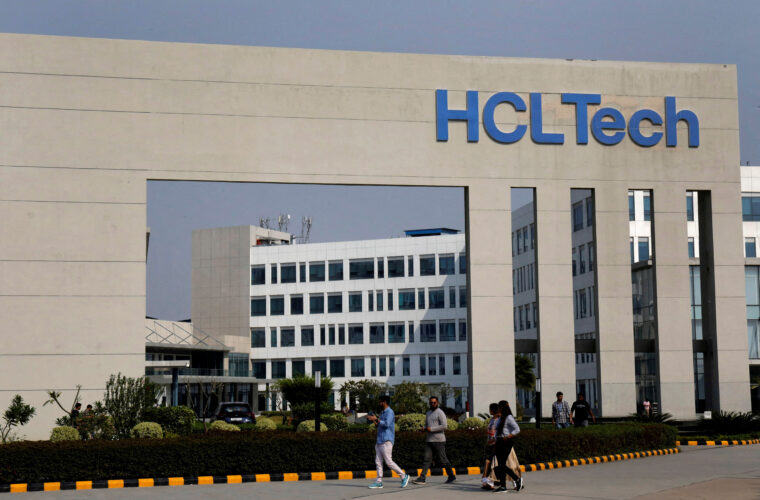Geopolitics, on the one hand, the zero Covid strategy as the only antidote to the spread of the virus on the other. These are the two main reasons that have led Apple to accelerate the shift of manufacturing from China to India. The Red Dragon remains the heart of the Cupertino company’s supply chain, but things are soon changing. Growing tensions between China and the US on the international stage, particularly over China’s pressing impositions on Taiwan, have forced Apple to speed up plans.
Also, compared to the past, China is less inclined to grant freedoms and advantages, thanks to which it has become the global reference in manufacturing. Xi Jinping’s third term as general secretary of the Chinese Communist Party aims, above all, to strengthen internal industrial poles and leaves in the background the demands of large foreign companies, which have consequently begun to look with greater interest at neighbouring India.
The Red Dragon
For Apple, the turning point of the last few days has come with yet another lockdown triggered in some industrial plants of Foxconn, the Taiwanese company that produces iPhones in China. The lockdown regime triggered the alarm at the Zhengzhou factory, a mega campus in central China where some 200,000 people work. Afraid of contracting Covid-19 and tired of being subjected to the strict rules imposed by the Chinese government, unlike in the past, this time, hundreds of workers showed their discomfort and chose to leave the production centre. They are potentially causing enormous damage to Apple, which is looking forward to the upcoming Christmas season, that is, every year, the most prosperous period for the Californian company’s revenue.
The risk of delays in the schedule for the iPhone 14 range has reinforced the idea of quickly creating a second production site in India. Never before, moreover, amidst the uncertainties of the economy on a global scale, the conflict in Ukraine and the geopolitical battle between the US and China, it is a priority for big companies to create Plan B to secure production.
Developing a network of factories in India is a process that Apple has started in recent years, so much so that a small percentage of iPhones are already being made on the subcontinent since 2017. Facilitating the task, not only for Apple, is the policy of Indian leader Narendra Modi, who, with his ‘Make in India’ campaign, has launched incentives worth over $10 billion to attract foreign investment in the high-tech sector.
Apple’s Goals
Foxconn, Apple’s main but not the only partner for producing various devices, has started the development of a production centre in Chennai, southeast India. Apple’s goal is to increase the number of AirPods and Beats headphones and earbuds produced in India and reach 25% of iPhones made in India by 2025. In the same country, Tim Cook aims to concentrate the production of AirPods, the first device to be produced outside China, when a small part was allocated to Vietnam in 2019.
This is a difficult result to achieve because it is not easy to replicate a system that has been perfected down to the smallest detail over the years, particularly in the secrecy protocols that are a guarantee for Apple’s strategies. That India is China’s heir as the main global manufacturing hub, however, now seems a certainty: Counterpoint’s data show that the share of smartphones produced in China worldwide has fallen from 74% in 2016 to 67% in 2021, while in the same time period the Indian subcontinent’s numbers have risen from 9% to 16%.
The gap is still huge, but by moving assets and investments to a country that gives an avalanche of economic advantages to foreign companies to fill with manufacturing plants, the gap is bound to narrow sooner than one might think.



